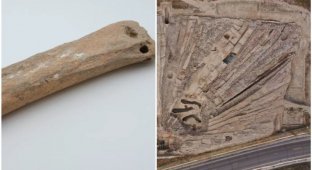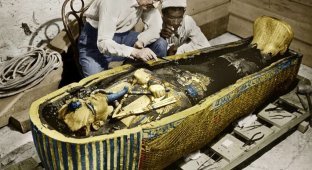17 interesting artifacts showing the value of archaeological excavations (18 photos)
Archeology is an important field of science because it allows us to learn about our ancestors, how they lived and worked, and about their environment. 
Archeology is the science that studies artifacts and remains of ancient civilizations, determining their age, as well as studying social, cultural and historical ties. Archaeologists go to different expeditions to find and study new artifacts that can give us important information about our past. Although such expeditions may be difficult and not always successful, found items can become a valuable source of information for the study of history.
Whaling suit from Greenland, made shortly before 1834. Is the only suit this kind in the world 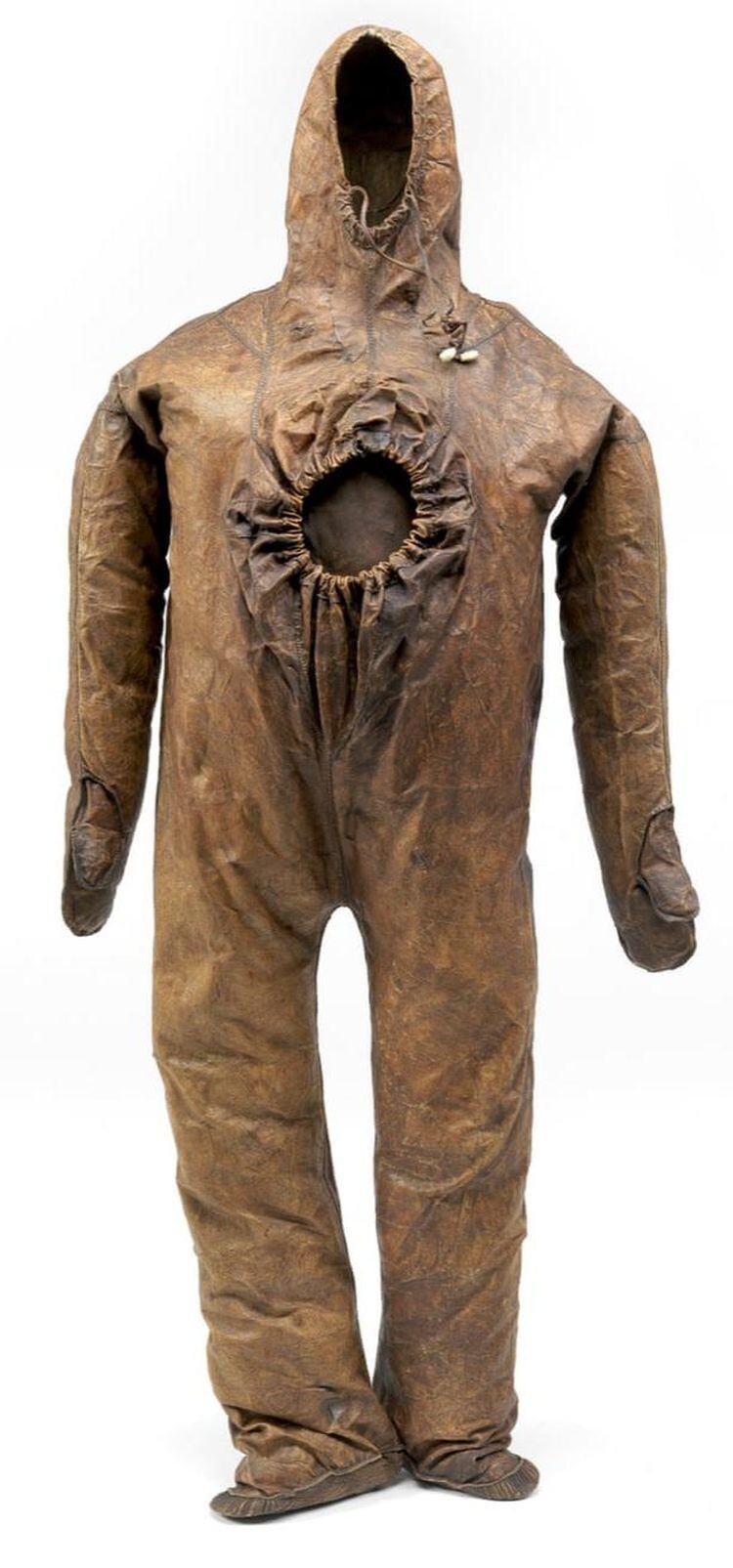
The hunter had to crawl into the sealskin suit through center hole and then close by making it waterproof. Now kept in the National Museum of Denmark.
Fly swatter made of yak tail wool with a handle encrusted with precious stones. Nepal, around 1800 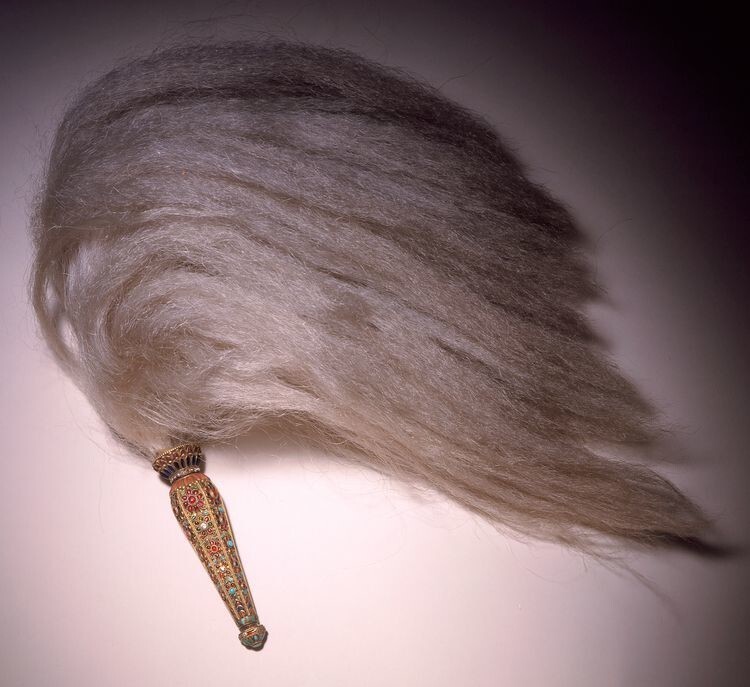
Bronze statue of the Lord of the Nine Stars of the Ming Dynasty, 1368-1644 
Etruscan gold revolving ring with scarab carnelian intaglio, 4th-3rd century BC 
Royal helmet of the Swedish King Eric XIV, early 1500s. 
Umbrella. France, 1860s 
Carved opal elephant, St. Petersburg, c. 1880-1920 
Bronze death mask of Napoleon Bonaparte, cast 40 hours after his death, May 5, 1821 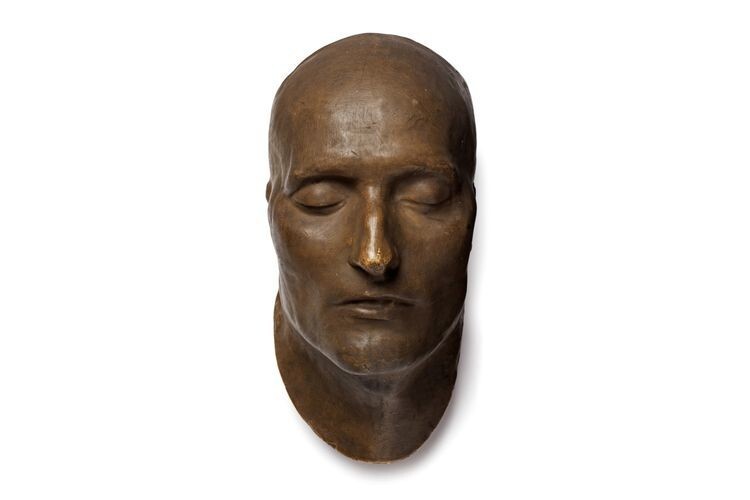
Shaman from Bad Dürrenberg is the remains of a 25-35-year-old woman buried 8600-9000 years ago in Germany 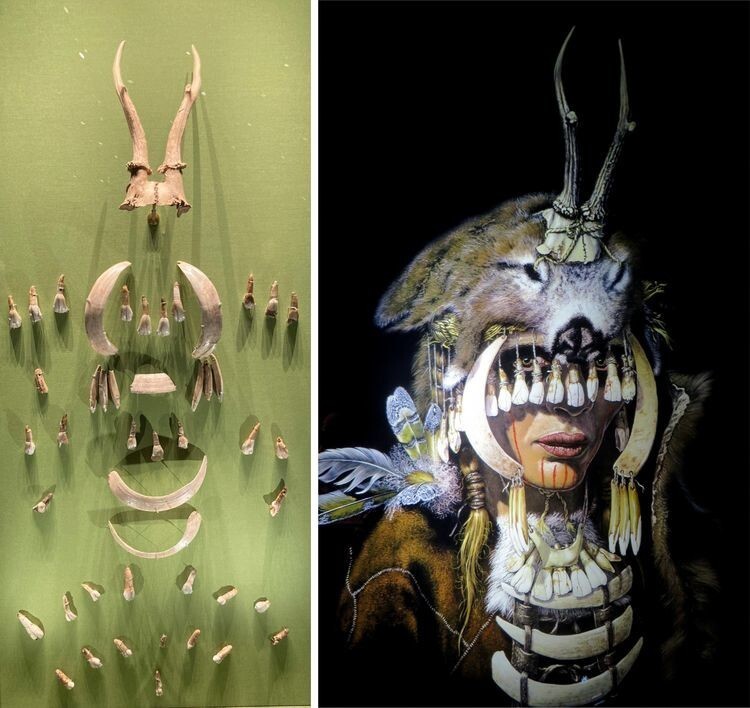
Next to it were found the remains of an unusual headdress made of bones and teeth of various animals and birds.
Pendant inside which you can see the crucified Jesus Christ, the Virgin Mary and St. John, possibly France, 14th century 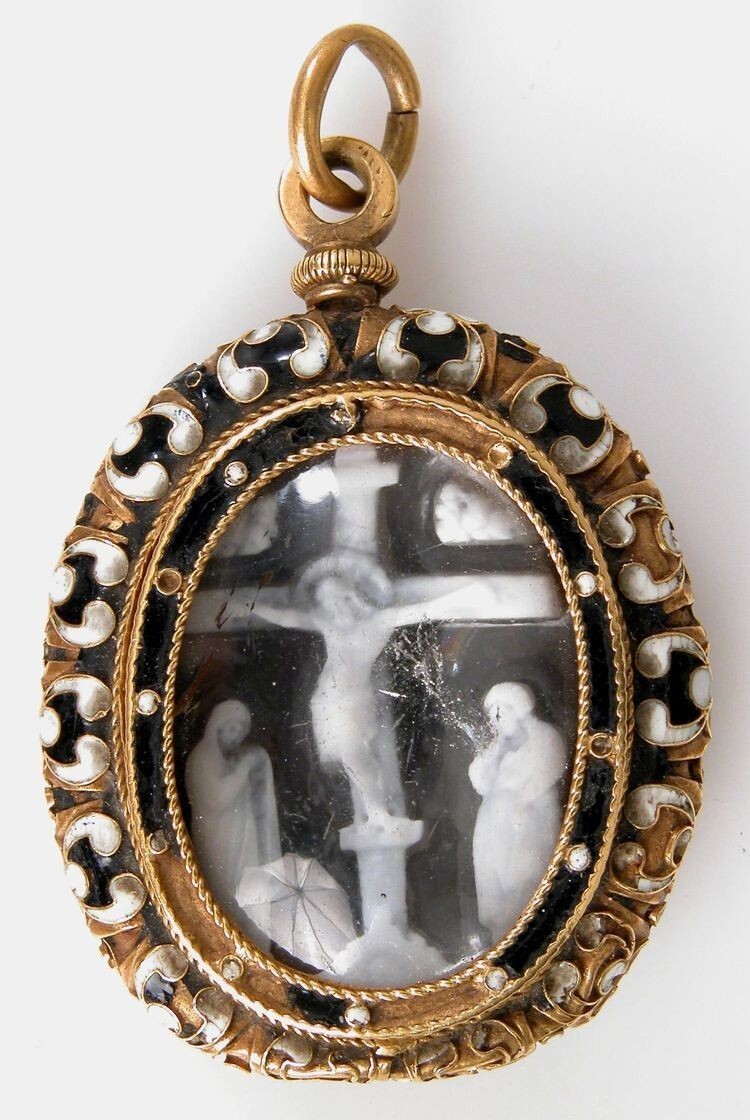
Musical pig owned by Edith Rosenbaum who boarded the Titanic in Cherbourg. Edith took the musical pig into overcrowded lifeboat and used it to comfort children through a few hours after the shipwreck 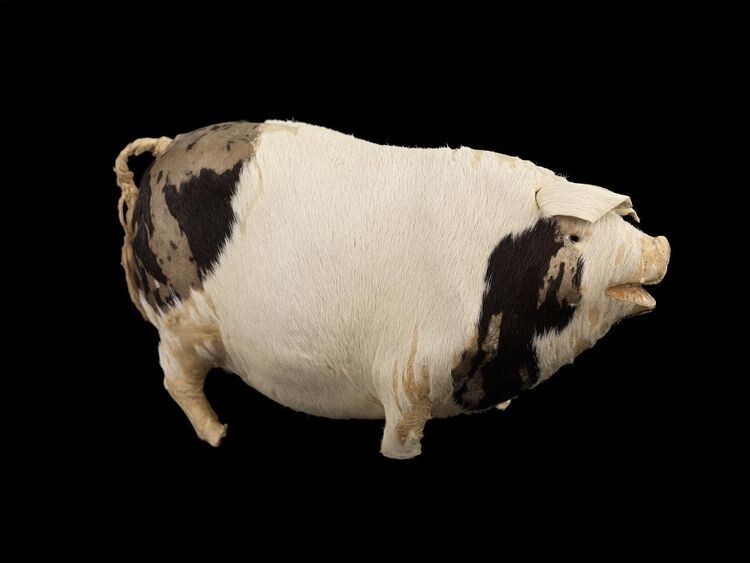
1820s Regency English Eustachian Trumpet 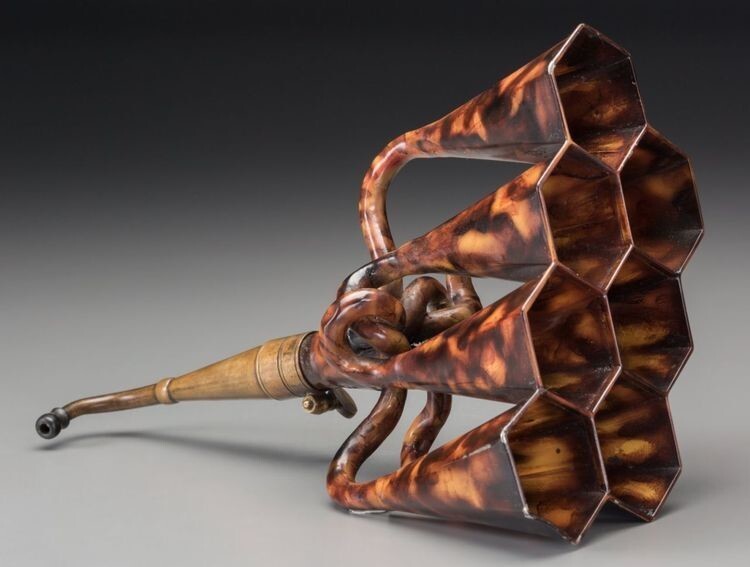
Marble statue of the muse Polyhymnia, found in Italy, 2nd century AD. 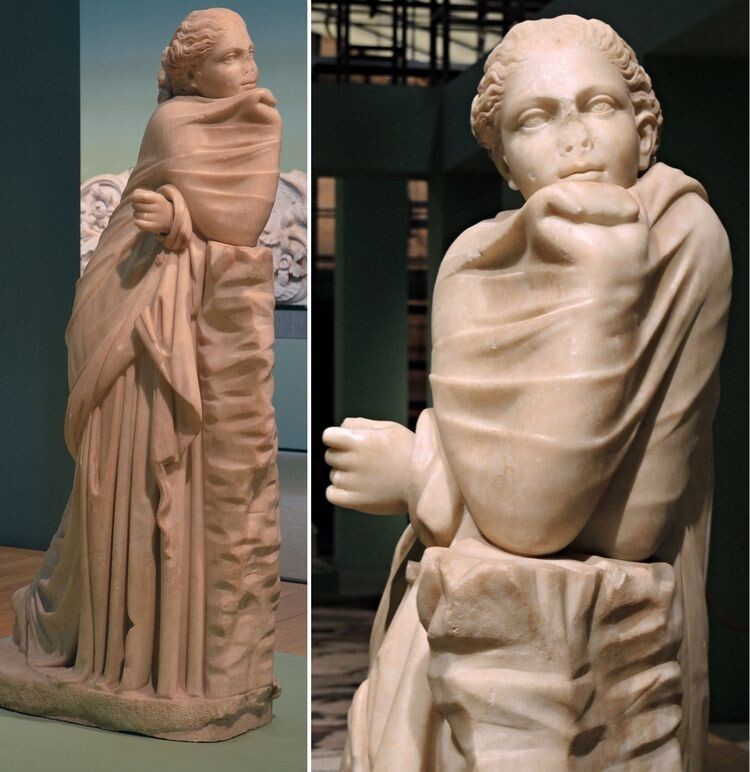
This small bronze purse was found with six gold coins inside in the Celtic settlement at Manching, Germany, ca. 200 BC 
Bat-shaped bowl. Peru, Moche civilization, 200-500 AD AD 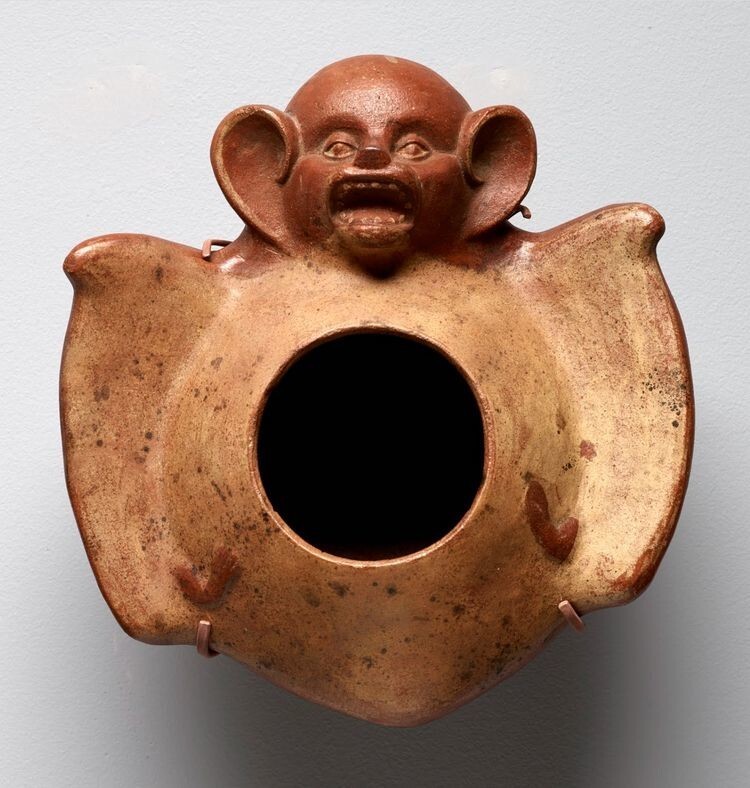
Detail of the Green Man, Bamberg Cathedral, Germany, early Gothic, c. 1237 AD 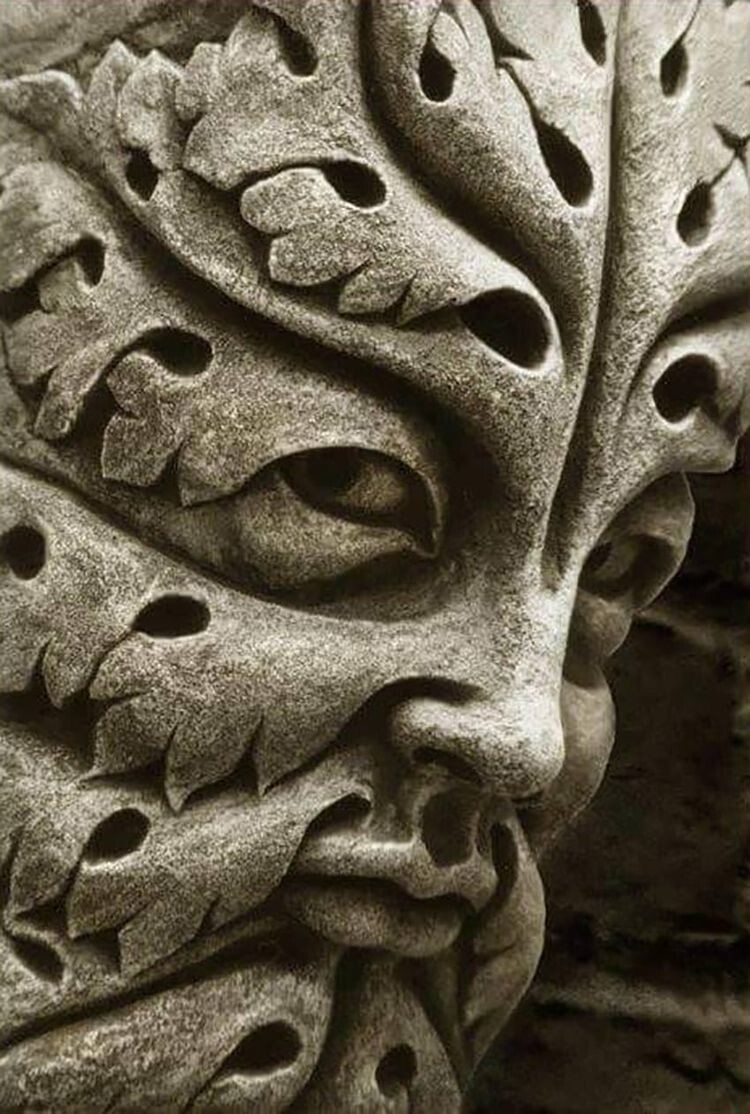
2,300-year-old plush bird from the Altai Mountains in Siberia, c. 400–300 AD BC e. 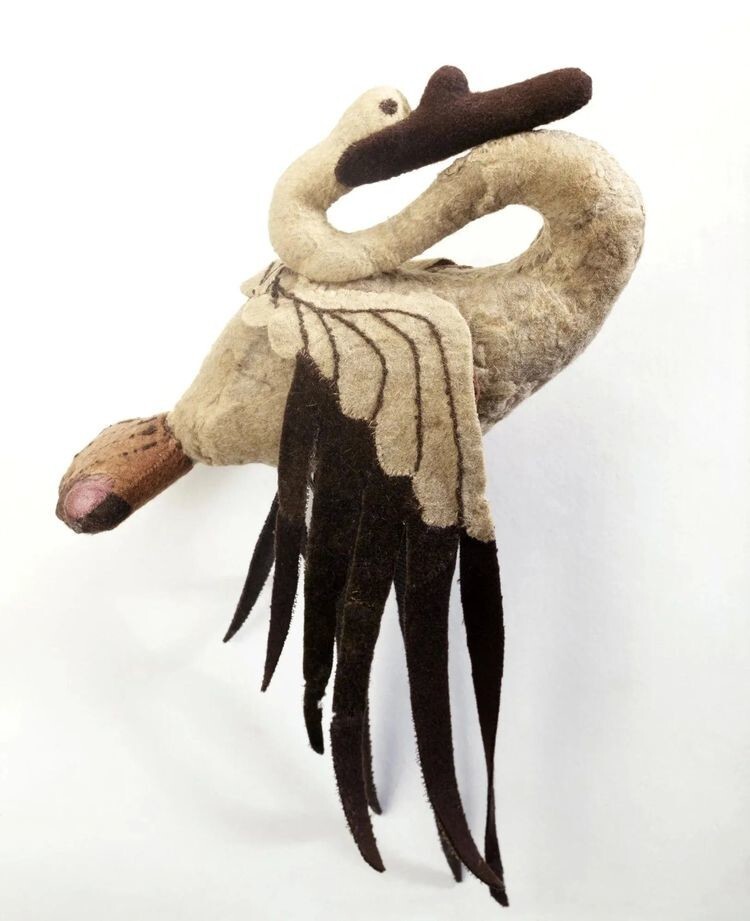
This artifact was made of felt and stuffed with reindeer fur.















